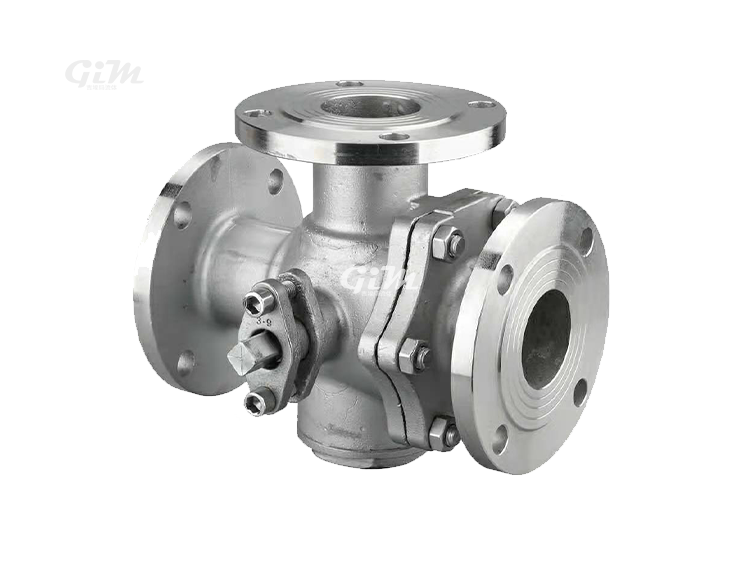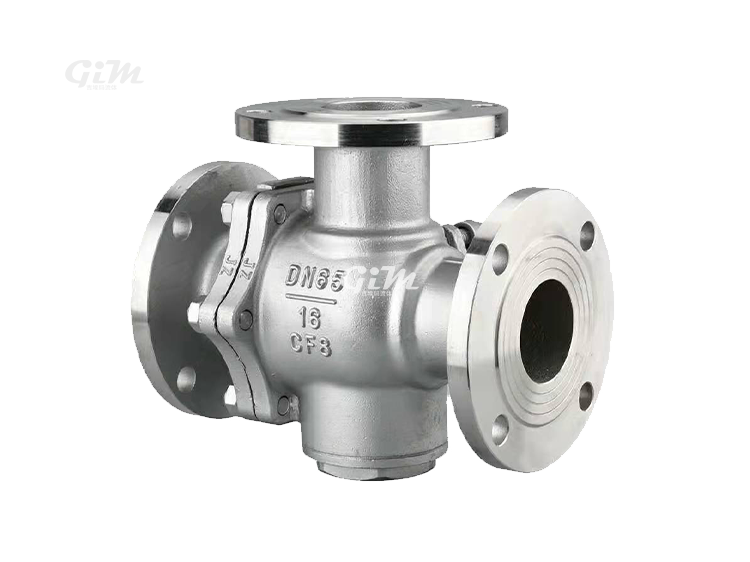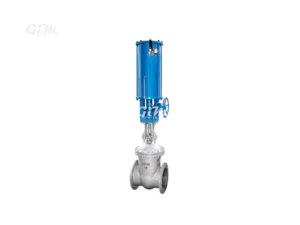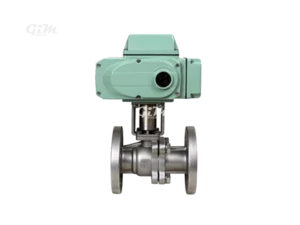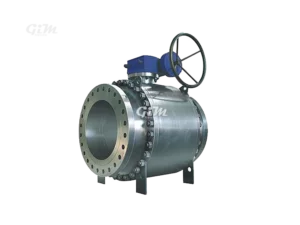T-Type Three-Way Ball Valve
- Support Customization
- Two-Year Warranty
- Global Shipping
- Multiple Payment Methods
Overview:
T-Type Three-Way Ball Valves are versatile components used in piping systems to control the flow of fluids in multiple directions. They feature a T-shaped ball that can direct flow through three different paths, making them ideal for applications requiring flow diversion, mixing, or splitting.
Product Features:
- Design and Construction:
- Ball Design: The valve contains a T-shaped ball with three ports. The ball’s unique shape allows it to connect or divert flow between the three ports.
- Body Material: Typically made from materials such as stainless steel, carbon steel, brass, or plastic. The choice of material depends on the application’s pressure, temperature, and chemical compatibility requirements.
- Seals and Gaskets: Often use PTFE (Teflon) or other high-performance materials for reliable sealing and to prevent leakage.
- Operational Performance:
- Flow Control: Provides precise control over the direction and flow of fluids. It can be used to switch between different flow paths or mix fluids from two sources.
- Actuation: Available in manual, pneumatic, or electric actuators. Manual actuators include lever handles, while pneumatic and electric actuators enable remote or automated control.
- Pressure and Temperature Ratings:
- Pressure Rating: Available in various pressure ratings, typically from low to high (e.g., PN10 to PN40 or higher).
- Temperature Range: Designed to handle a range of temperatures, from cryogenic to high temperatures, depending on the materials used.
- Applications:
- Flow Diversion: Used to divert fluid flow from one path to another, making it suitable for processes requiring flow switching.
- Mixing: Allows mixing of fluids from two different sources before directing the combined flow to the desired destination.
- Distribution: Distributes fluid to different branches of a piping system, ensuring balanced flow and efficient operation.
- Advantages:
- Versatility: Offers multiple flow paths in a single valve, providing flexibility in system design and operation.
- Compact Design: Combines three-way functionality into a single valve, saving space and reducing the number of required components.
- Reliability: Provides reliable performance and durability, with minimal maintenance required.
- Efficiency: Reduces pressure drops and flow resistance compared to using multiple valves.
- Installation and Maintenance:
- Installation: Can be installed in various orientations, including horizontal and vertical positions. Ensure proper alignment with the piping system.
- Maintenance: Regular inspection is recommended to check for leaks, wear, or damage. Actuators should be maintained according to manufacturer specifications.
- Types of T-Type Three-Way Ball Valves:
- Full Port: Provides a straight-through flow with minimal pressure drop, suitable for high-flow applications.
- Reduced Port: Features a smaller internal diameter, which can result in increased pressure drop but is often used for space-saving purposes.
- Actuation Options:
- Manual: Operated by a lever or handle for manual control.
- Pneumatic: Uses compressed air for remote operation, suitable for automated systems.
- Electric: Employs an electric motor for precise control, allowing integration with control systems.
Conclusion:
T-Type Three-Way Ball Valves offer a practical solution for applications requiring versatile flow control. Their ability to handle multiple flow paths and their compact design makes them an essential component in many industrial and commercial systems. Whether used for flow diversion, mixing, or distribution, these valves provide reliable performance and efficiency, contributing to the overall effectiveness of the piping system.
